
For one week in April, one of Mexico City’s most dangerous suburbs is transfigured. Rivalries are forgotten, the daily struggle is surrendered and enemies stand shoulder to shoulder, yielding to a higher power. Holy Week in Iztapalapa is a sight to behold.
Photographer Gaia Squarci documented the celebrations in the Mexican suburb; her surreal pictures emphasize the bright colored theatrics synonymous with High Church and the unshakable faith of its followers. “The crowd is excited, heated and scared at the same time,” Squarci tells TIME. “And however weak or powerful the participants’ individual connection to religion might be, the energy they live in those moments is real and shared.”
The Italian photographer visited Iztapalapa during the festival’s crescendo; the reenactment of the Passion, which collectively refers to Jesus’s suffering and redemptive death by crucifixion. The job of the players is taken very seriously; the person who plays Jesus trains “physically and psychologically” for a whole year, says Squarci. Even those with non-speaking roles rehearse for months. It’s an opportunity to play a part outside one’s daily life and the intensely performative display offers a “collective catharsis” for all involved.
The participants’ dedication pays off. The hyperrealism of the enactment – made all the more graphic through Squarci’s vivid portrayal – is palpable. Fire and fake blood mingles with virgin white and pastel flowers; a chaotic coalescence of symbolic redemption. For her part, Squarci was drawn to the theatrics and the transformation of regular people into “symbols of history and religion.” While photographing, she searched for truth in their performances, examining “how much they were feeling real pain, anger, relief and also how bored they were or how hot they were under the sun.”
Squarci’s curiosity also stems from a personal pursuit to find answers. “I’m interested in what religion does to people,” she says. “I want to explore its point of connection to the environment and to science.” Squarci grew up within an Italian Christian culture, which inevitably shaped her values. She believes religion has been put into place to help “set an order in society, build expectations, increase hope for the fruits of hard work and keep it alive in the deepest moment of pain and disorientation.” But, she adds, “At the same time it can easily become an instrument of social and political oppression.” This project, which more generally explores the nuances of spirituality in Central Mexico, has allowed her to examine this conflict on a deeper level.
While Holy Week is a Christian celebration that varies wildly across the globe, Squarci also examined Mexico’s hyper-local ceremonies, very particular to their geography. One such ritual takes place in the small village of Tetela del Volcan, which sits on the foothills of Popocatepetl, the most active volcano in Mexico. Holy Week rituals there see ancient characters – known as Sayones, local interpretations of the executioners who killed Jesus, take to the streets to accompany religious imagery. Nearby Tetela, crosses are placed in caves, where winds are believed to have been born. Unlike Iztapalapa several hours away, this community is considered one of the safest municipalities in Mexico.
Other rituals also take place in the region that are more directly connected to Iztaccihuatl and Popocatepetl volcanoes. They’re related to the beginning of the rainy season, just a few weeks apart from Holy Week. “In central Mexico there’s a ‘ritual geography’; a sacred landscape that has to do with the astronomical and climatic observation,” says Squarci. “It talks to the believers about the relationship of human beings with the mountains, volcanoes and hills.
Though these volcanic rituals have a deep connection to ancient Aztec beliefs – linked to the sacred spirits and cycles of nature and agriculture – they have also absorbed Christian prayers and symbols. “I see these rituals as a delicate dance between awareness and painful denial about the survival of a culture that was violently outlawed and labeled as shameful and inferior,” says Squarci. While syncretism has manifested itself even in these remote villages, an innate bond with nature is still potent. The reckless energy of the volcano acts as a “puppeteer, orchestrating this complex spiritual chemistry”, says Squarci.
Syncretism is a fundamental aspect to all these celebrations but Squarci’s work doesn’t aim to tell the story of Mexico’s religious history. “My intention is not to illustrate, but rather to suggest a state of mind, an atmosphere, and to let the imagination travel,” she says. “My hope is to push the viewers to examine their own questions about religion and tradition, and the way they deal with them.”
Gaia Squarci is an Italian photographer and cinematographer based in New York. You can view more of her work here. Follow her on Instagram.
Paul Moakley, who edited this photo essay, is the Deputy Director of Photography at TIME and you can follow him on Twitter here.
Alexandra Genova is a writer and contributor for TIME LightBox. Follow her on Twitter and Instagram
Follow TIME LightBox on Facebook, Twitter and Instagram
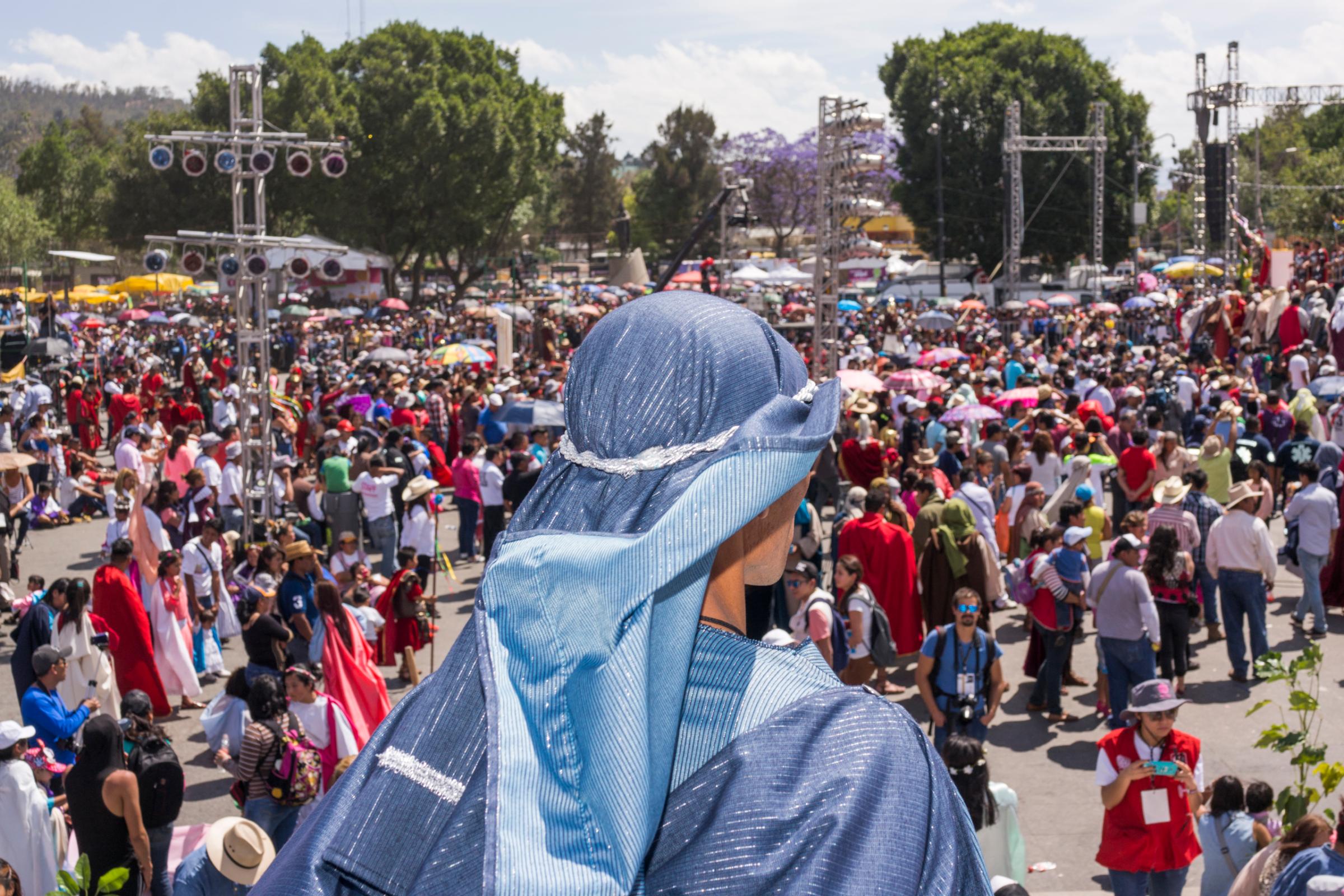


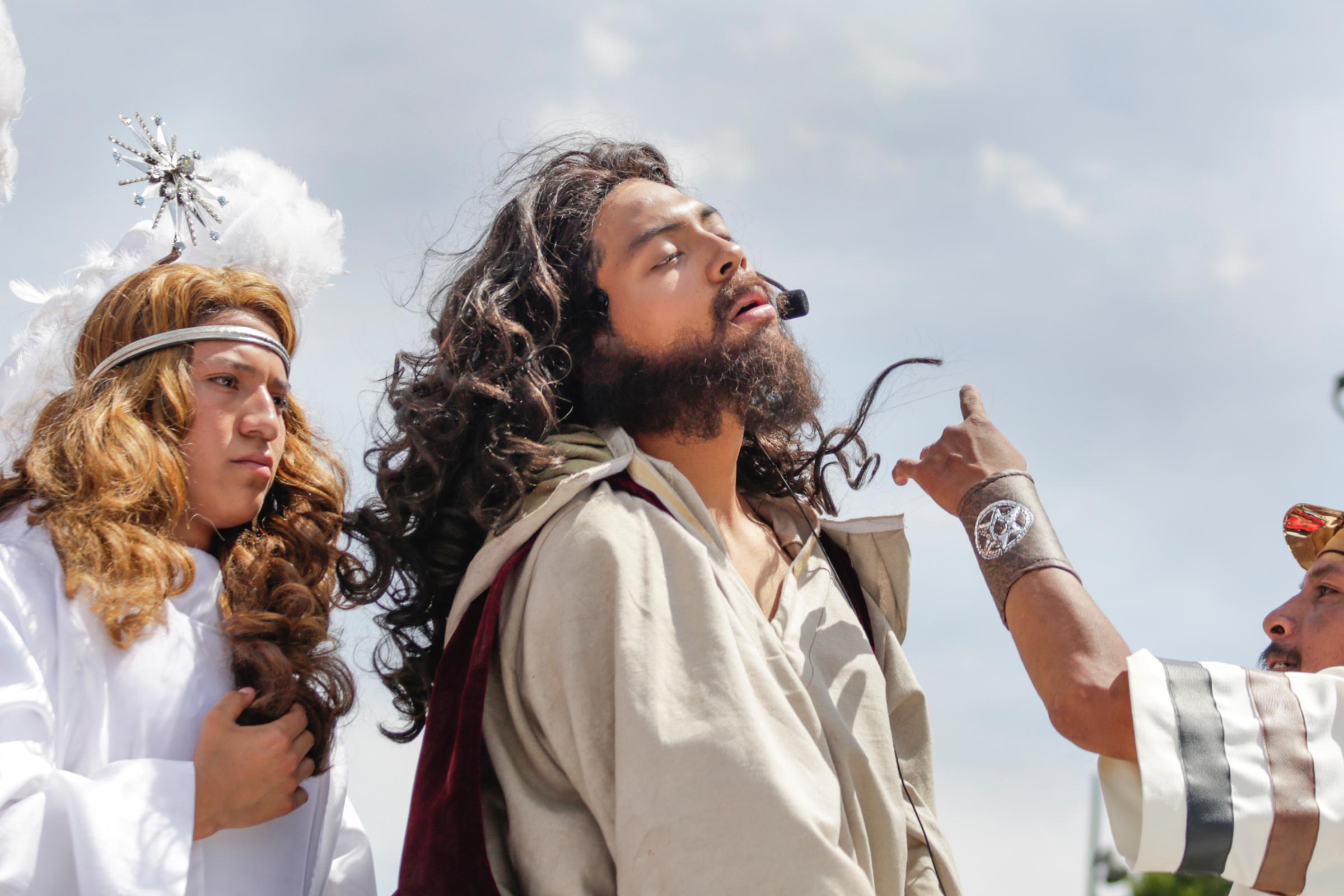
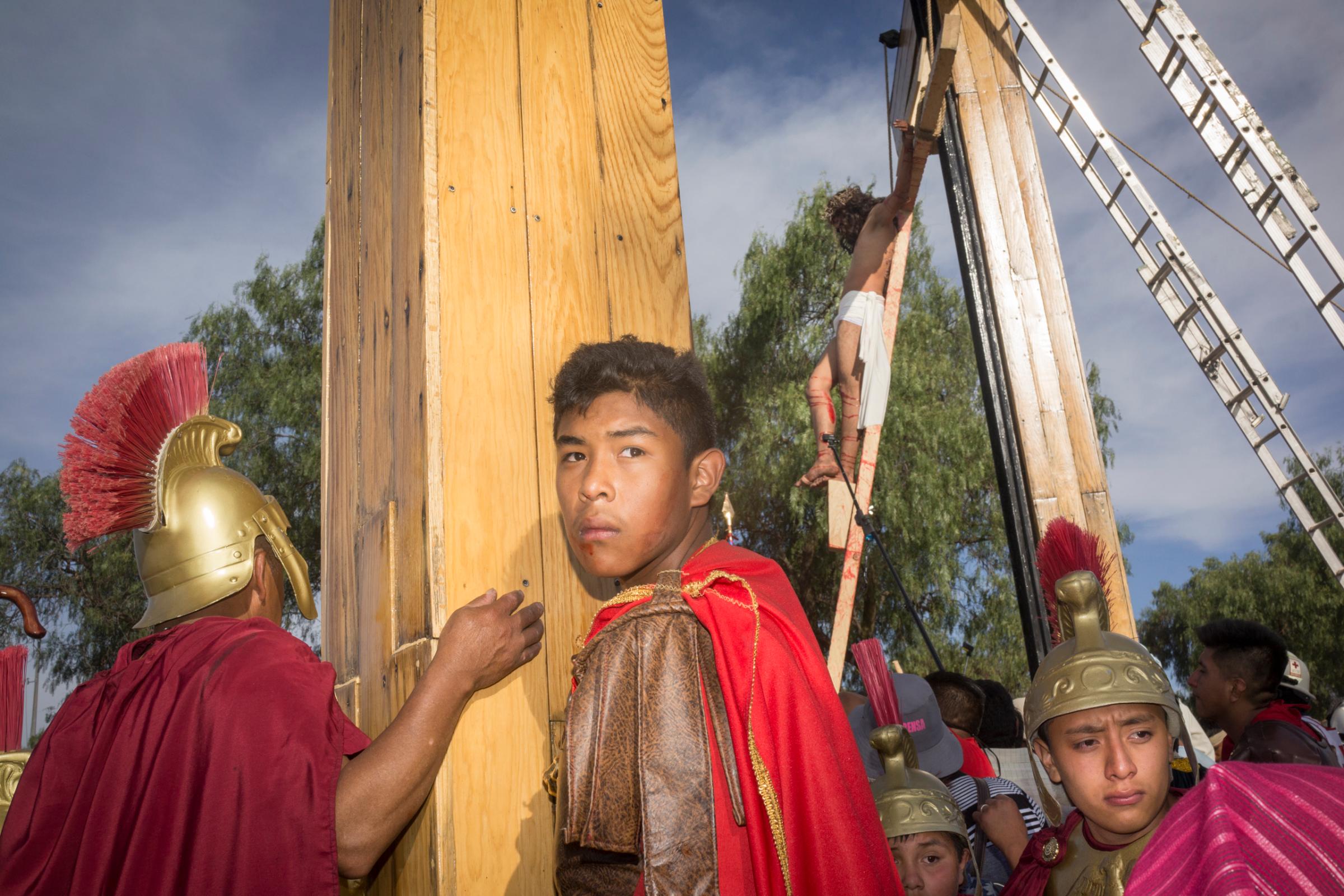
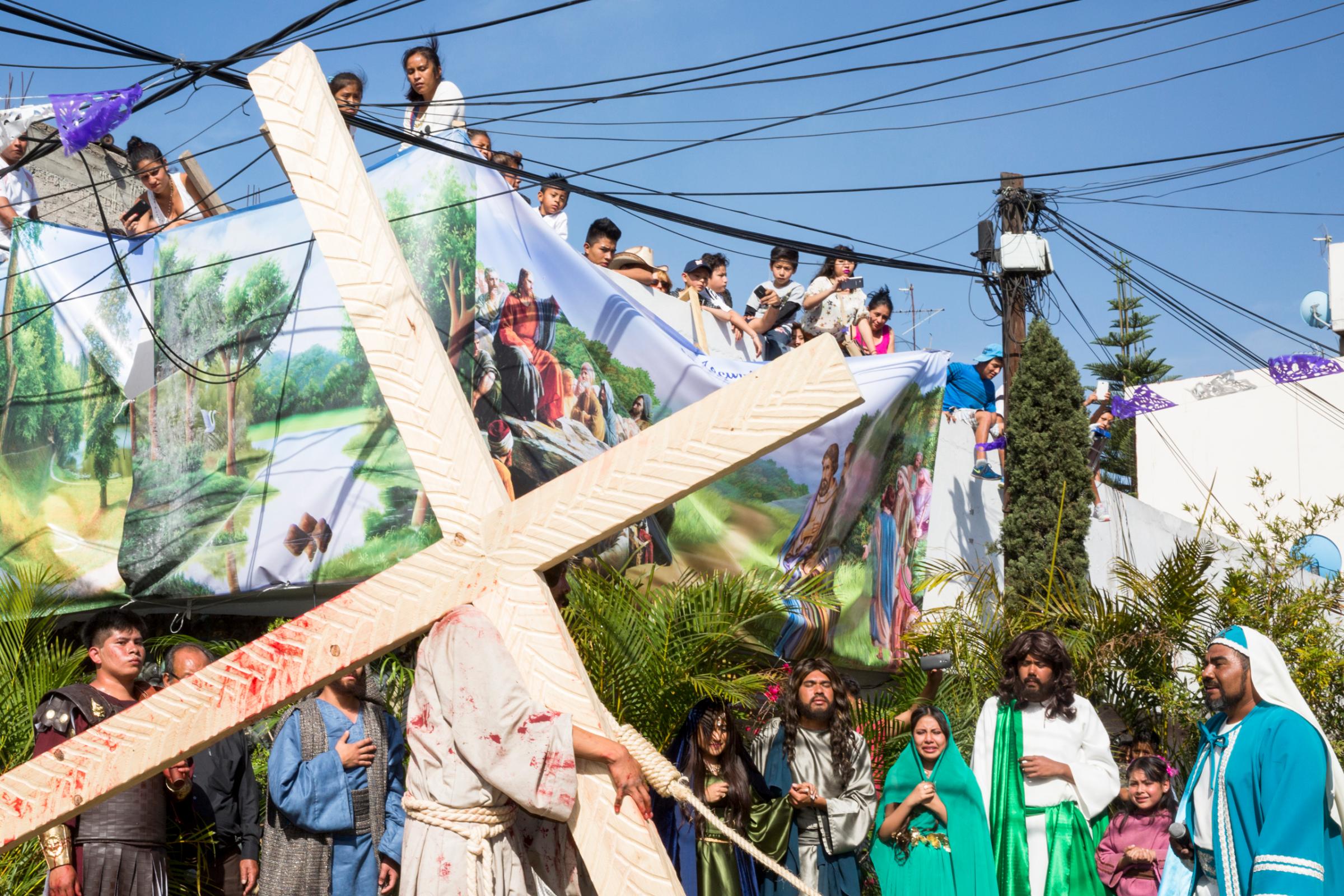
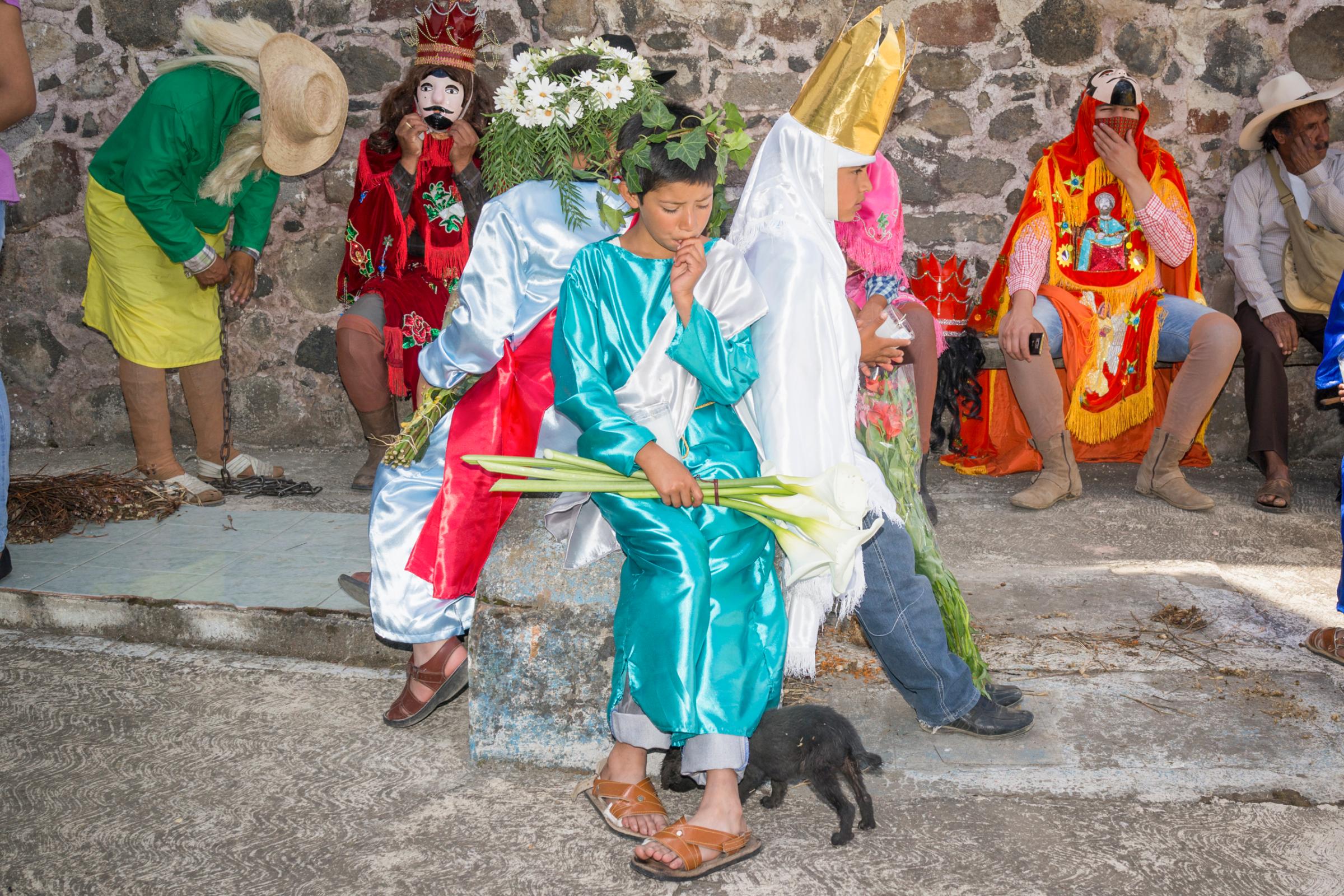
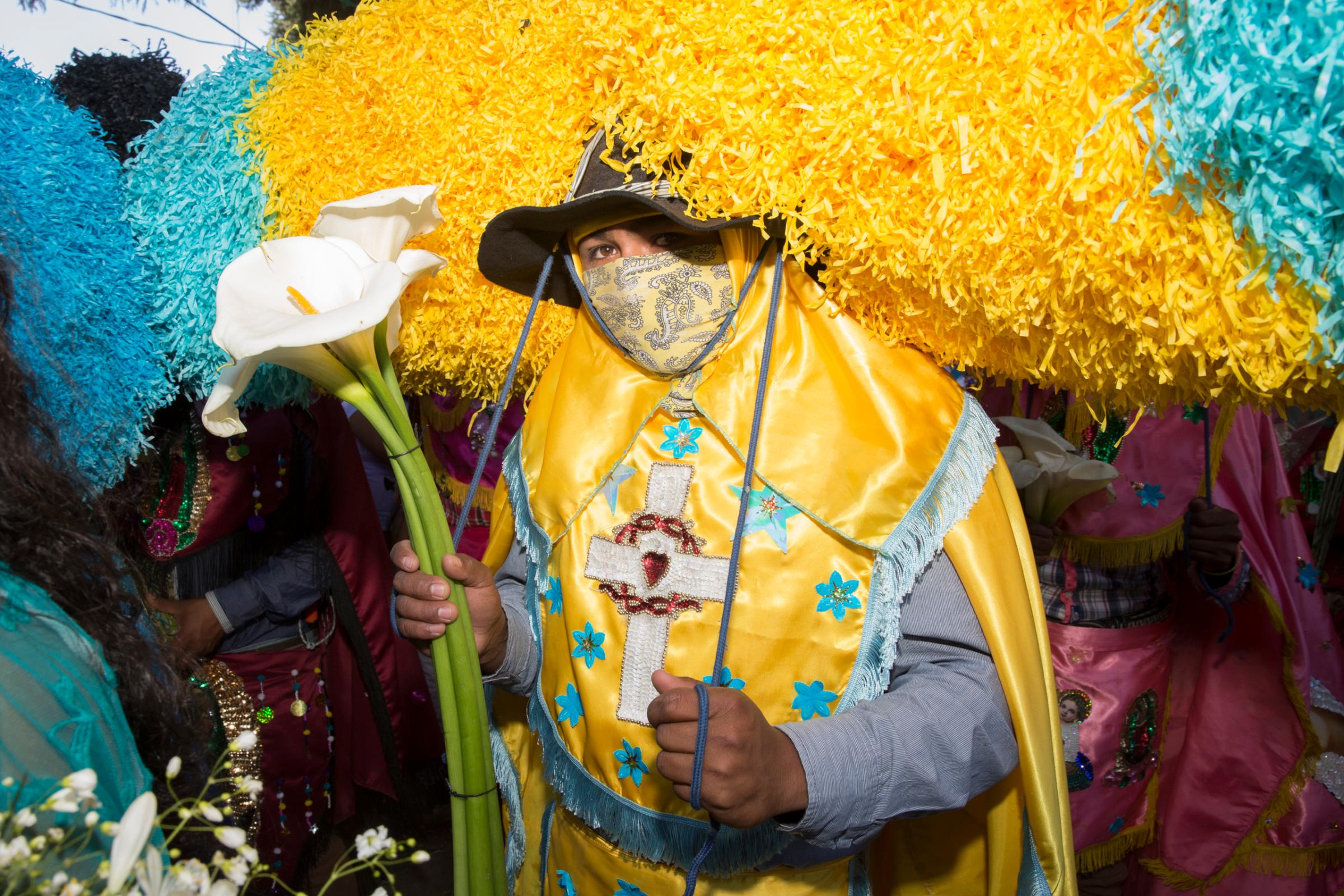
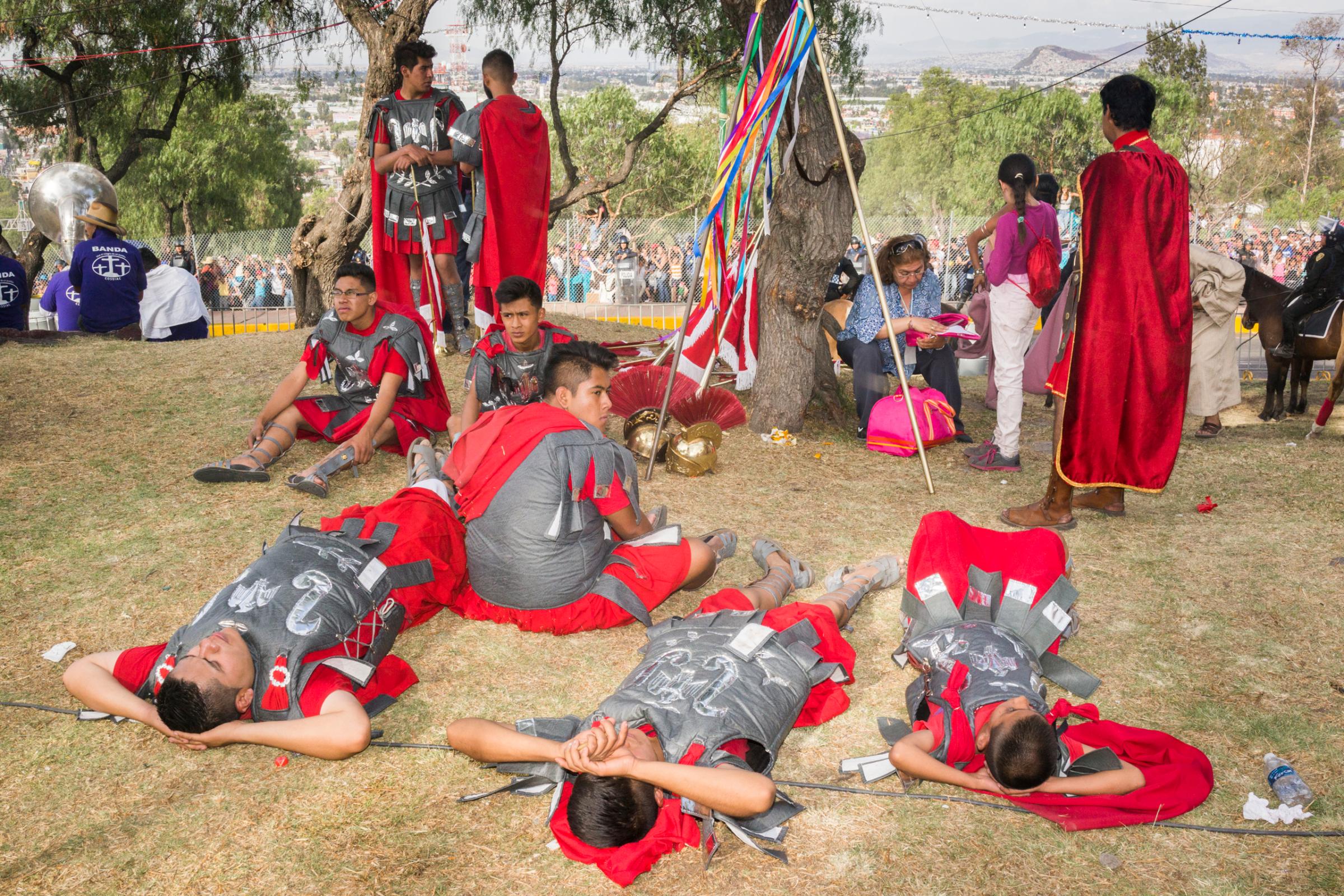
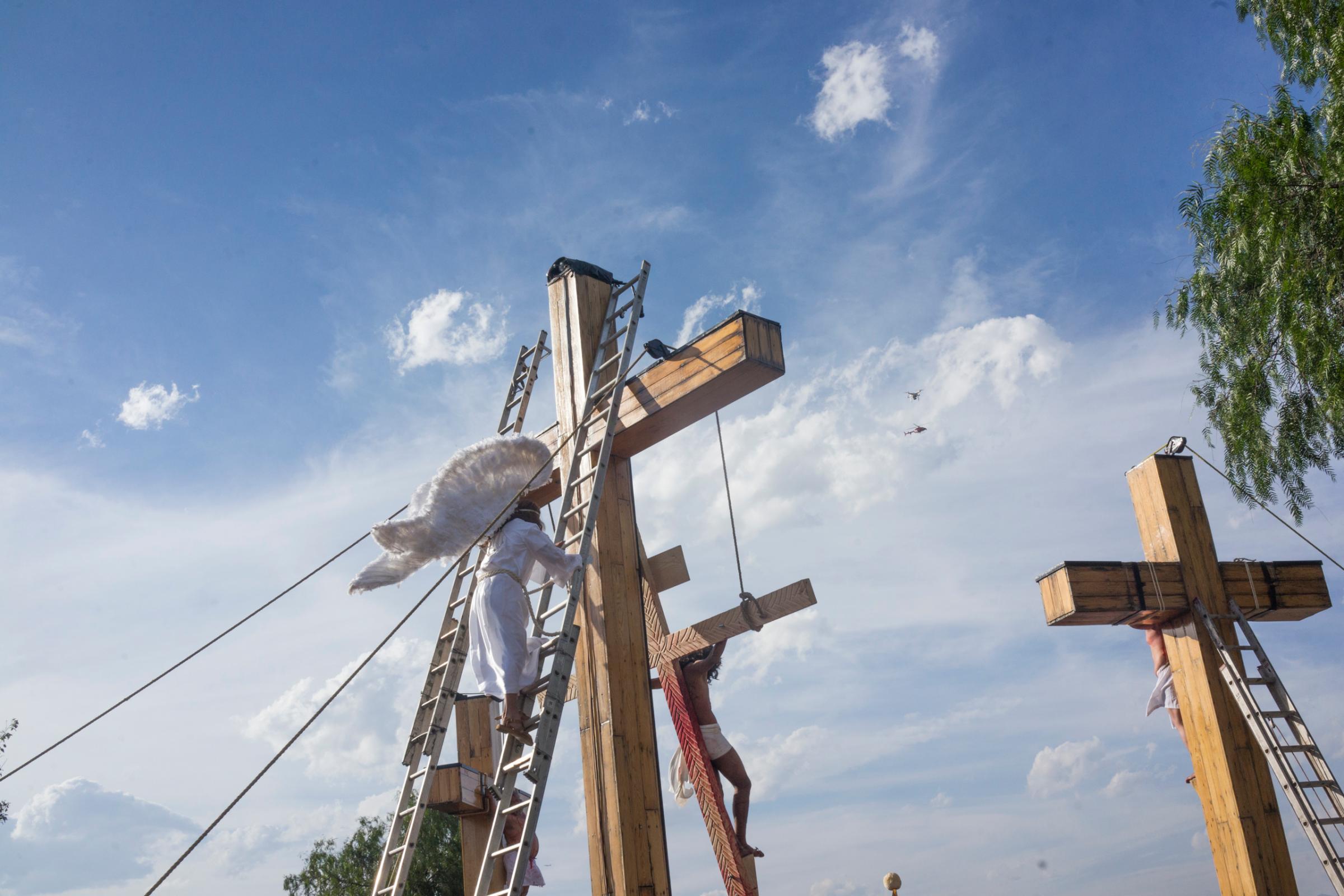

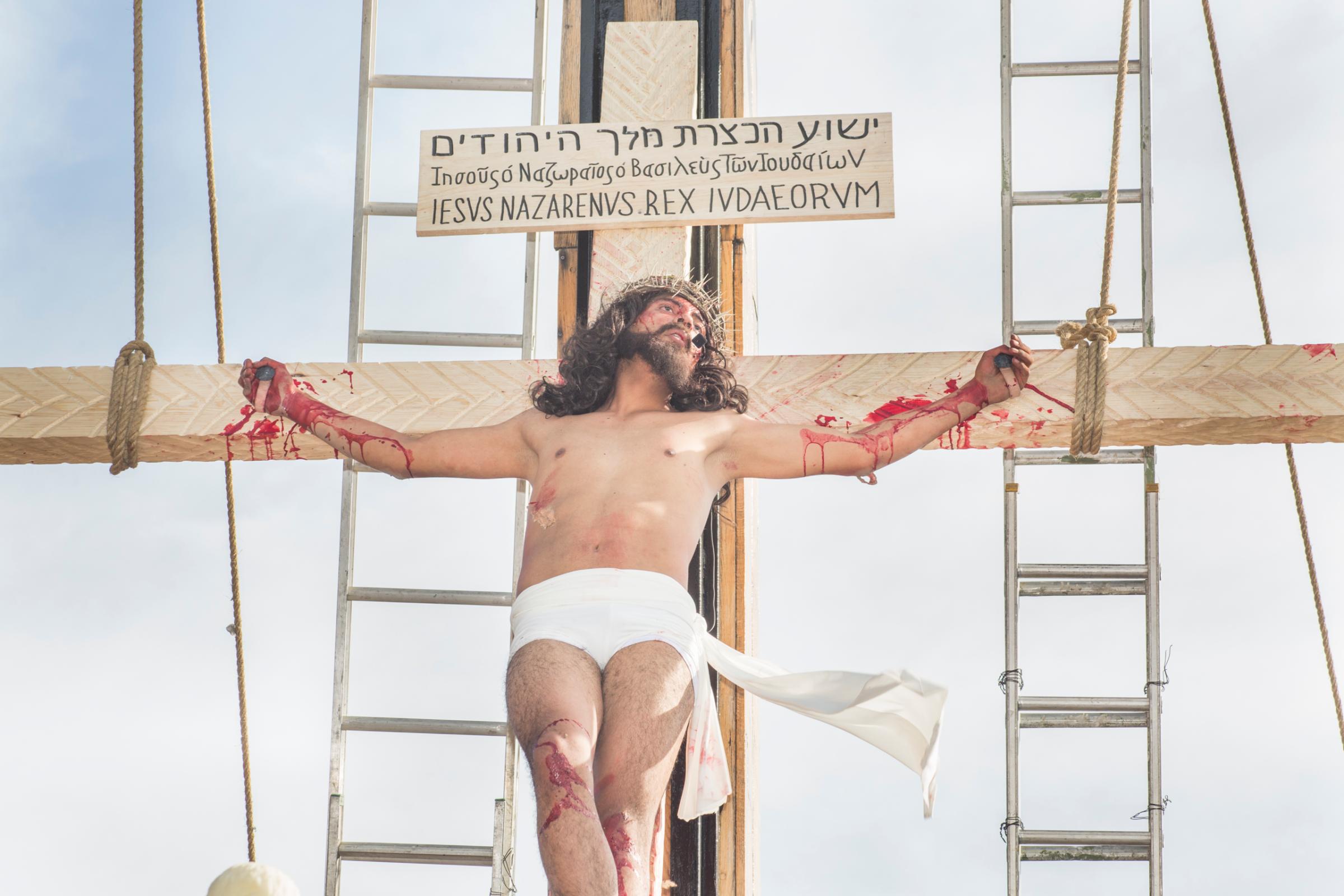

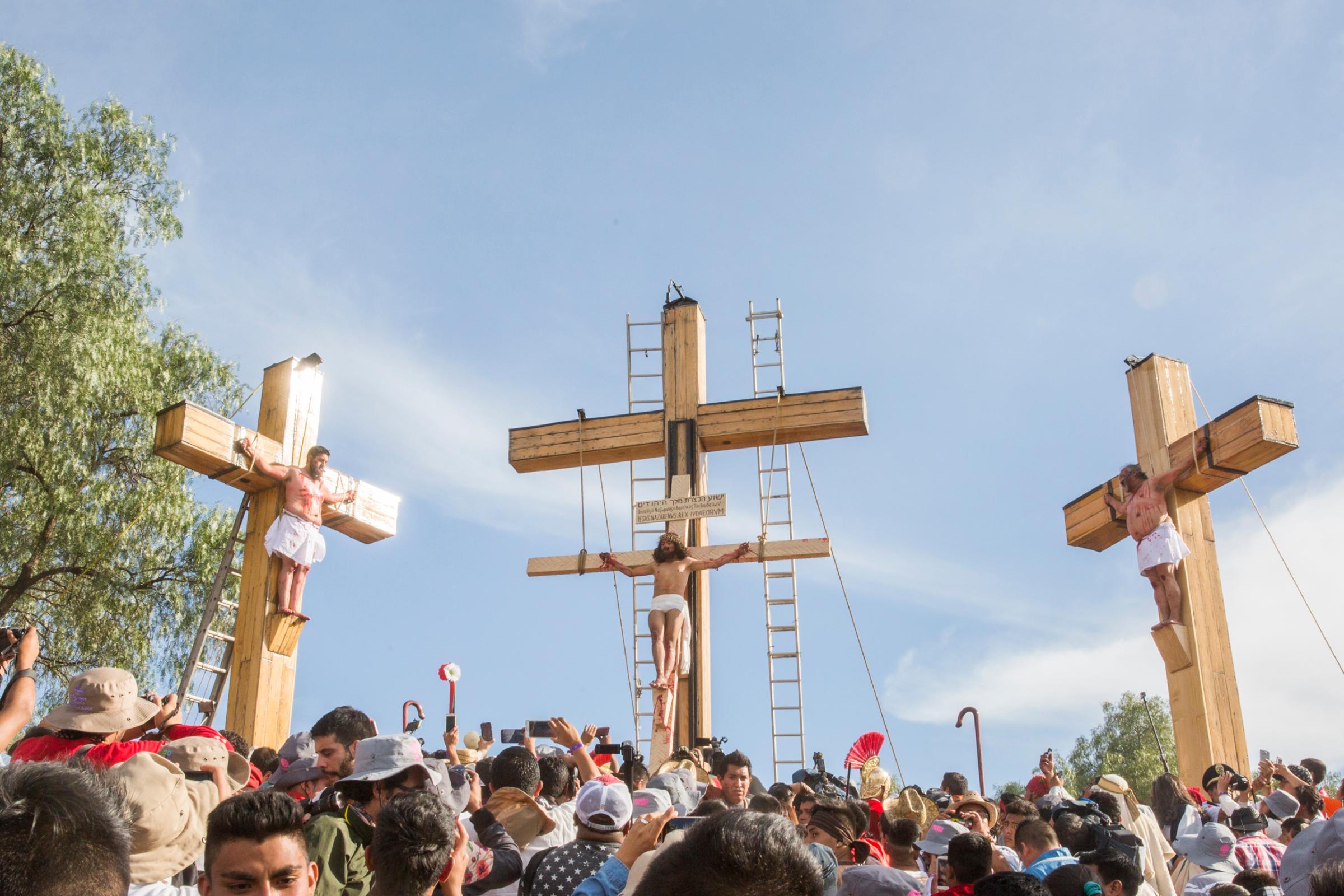
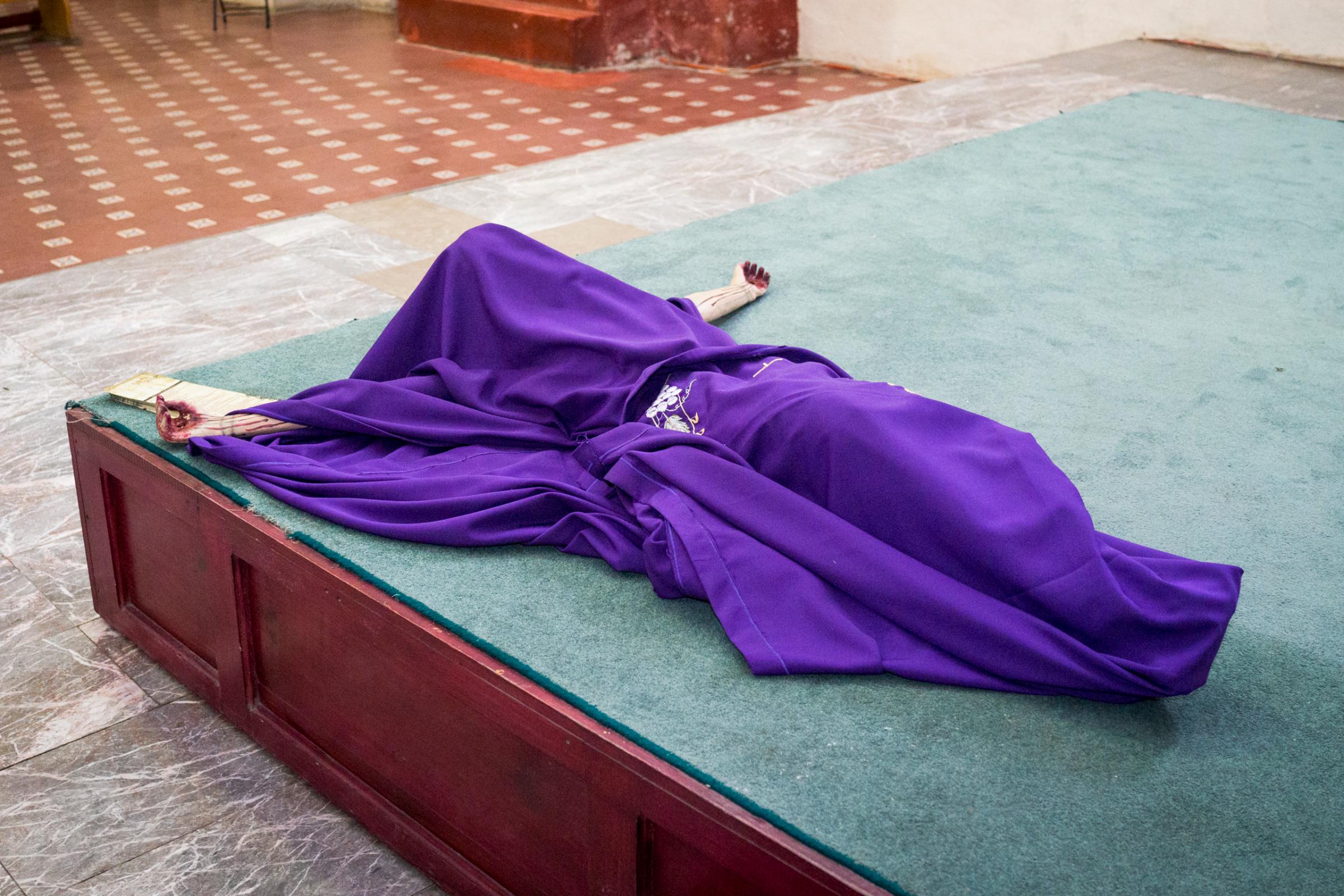


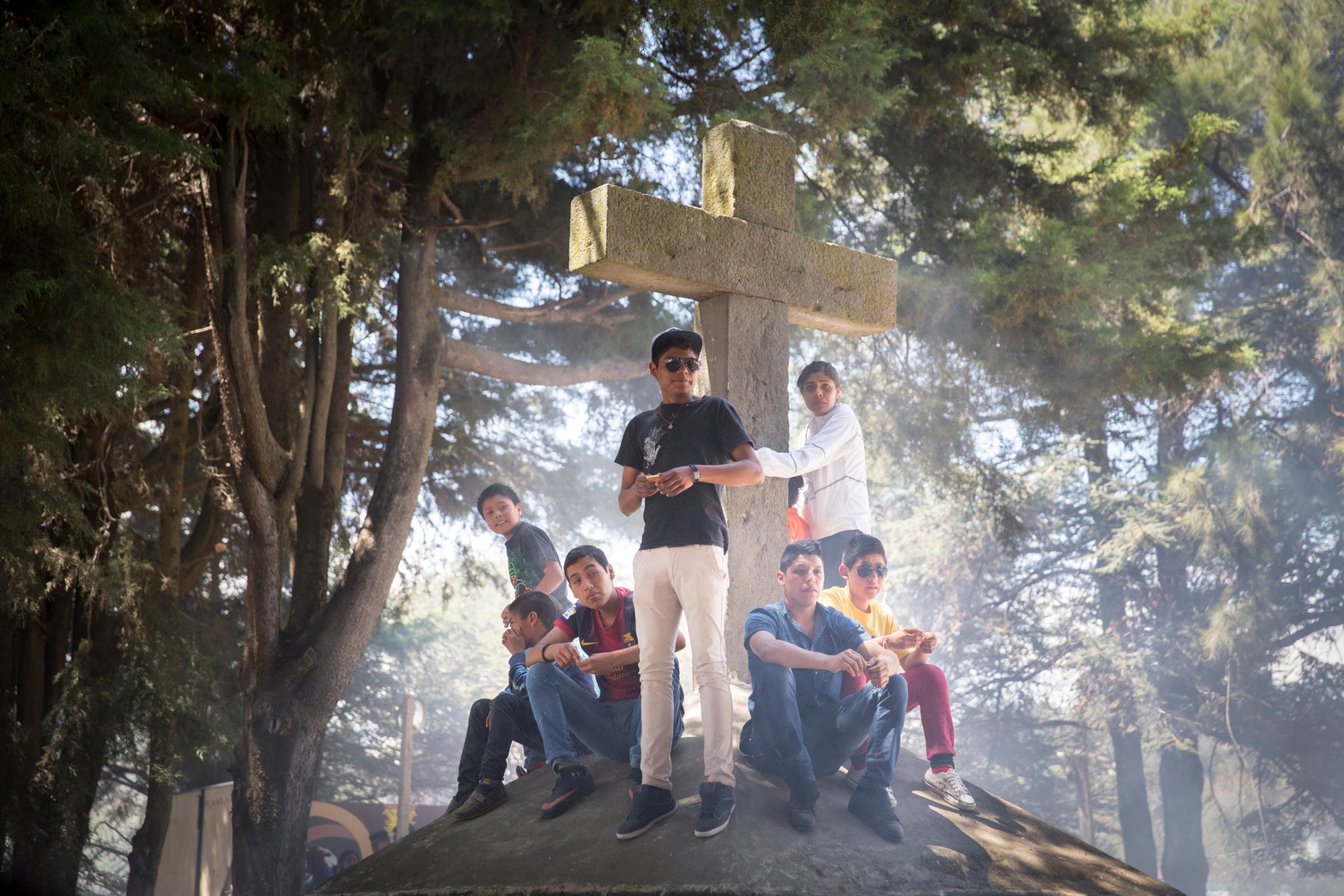
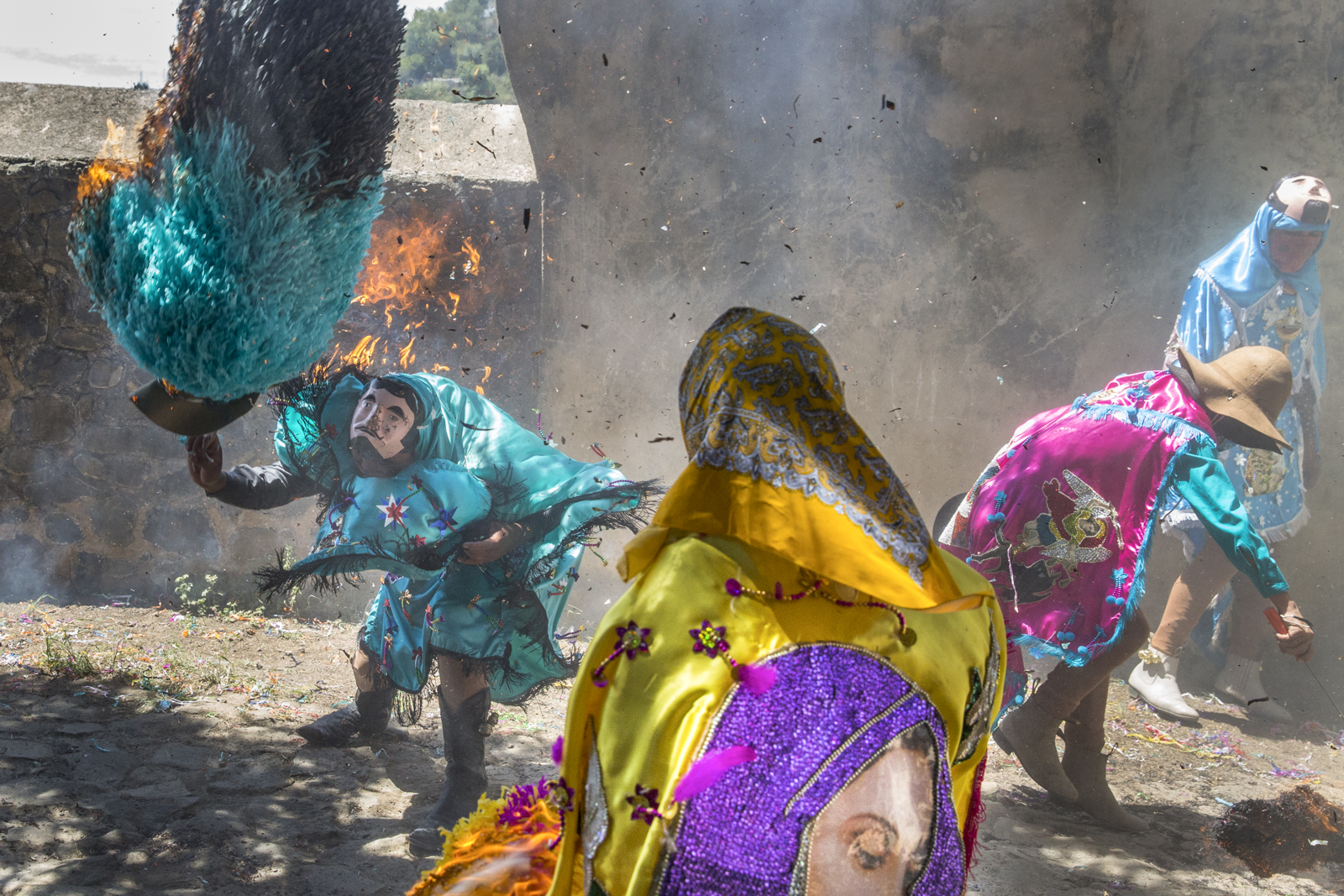
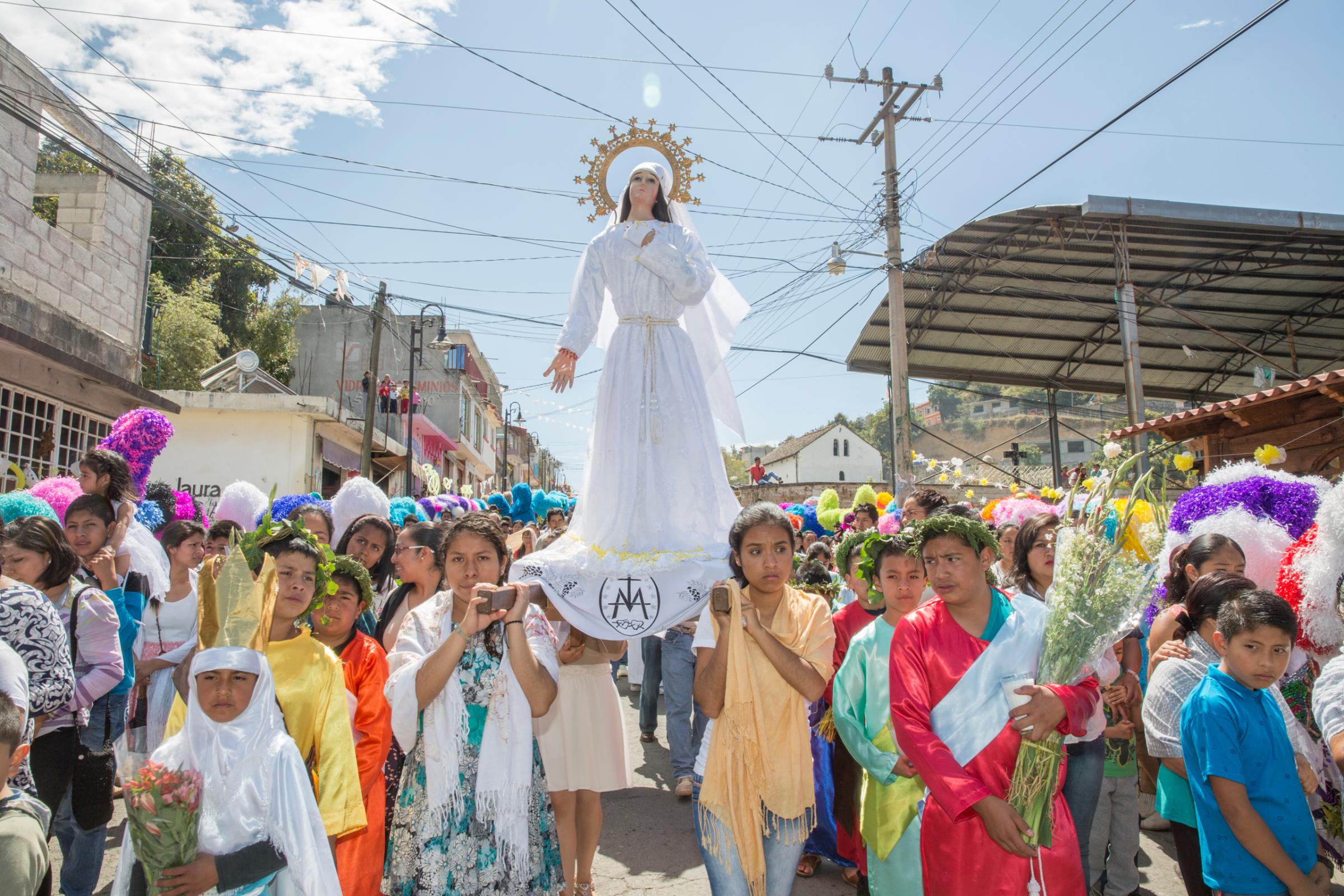
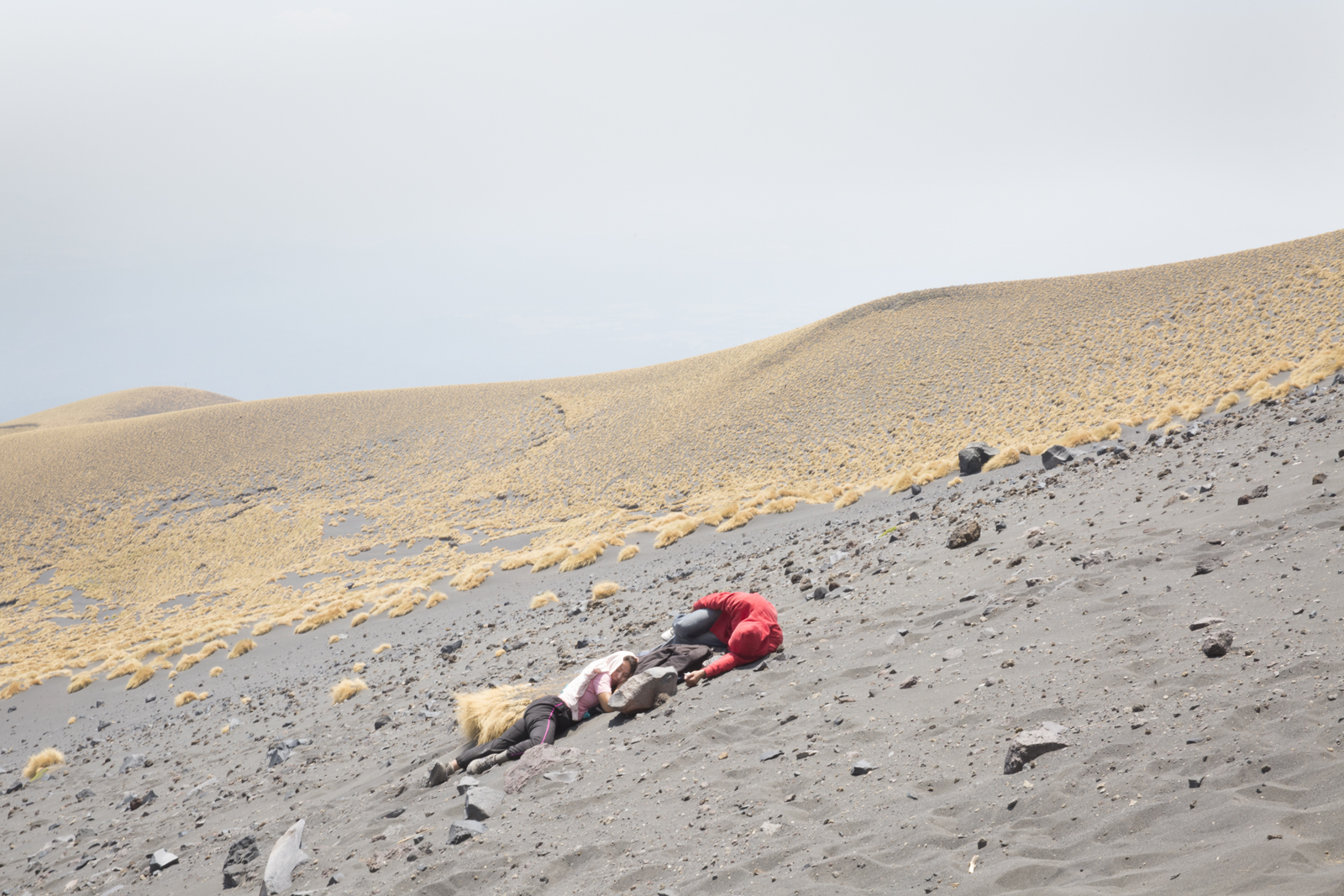
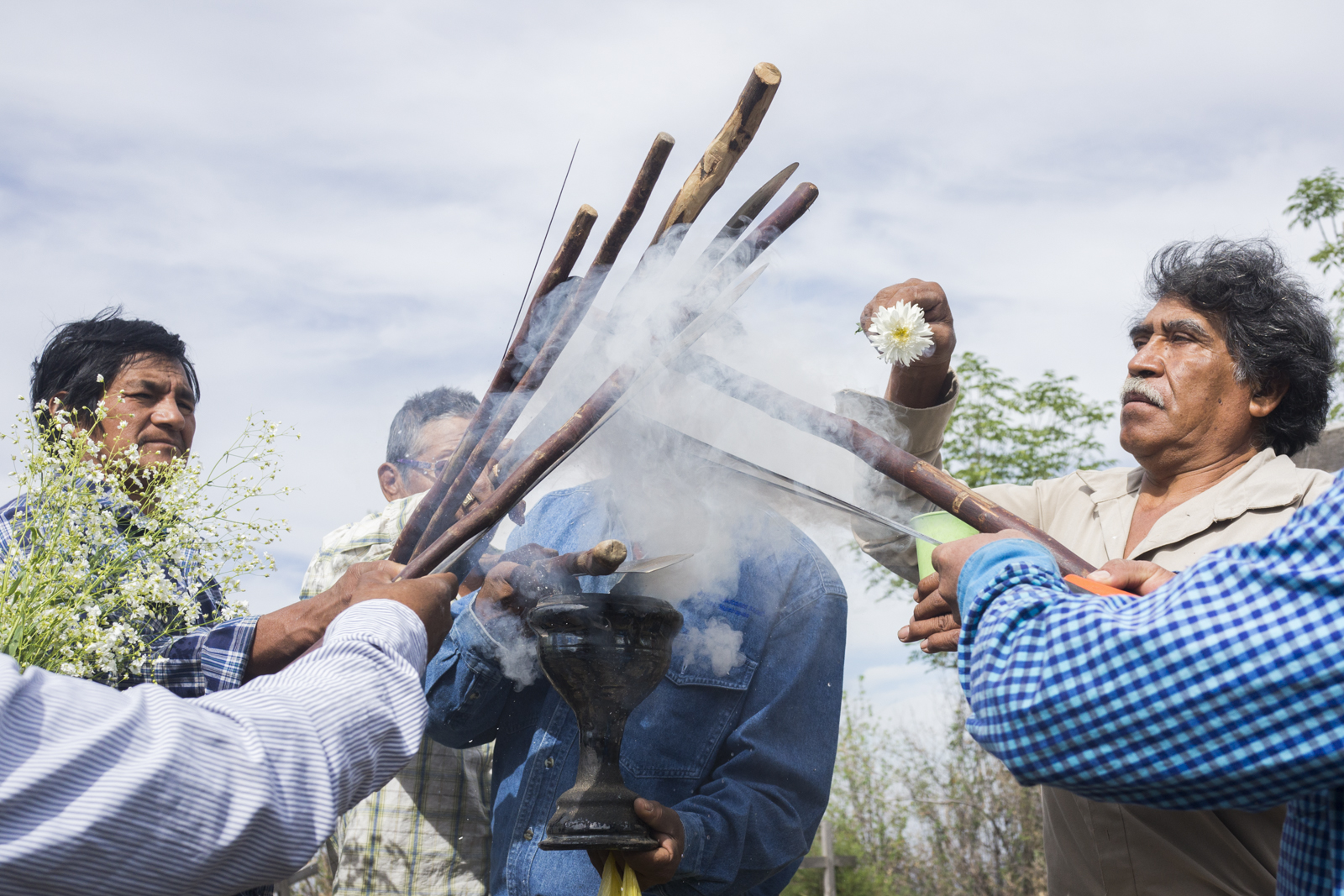

More Must-Reads From TIME
- The 100 Most Influential People of 2024
- The Revolution of Yulia Navalnaya
- 6 Compliments That Land Every Time
- What's the Deal With the Bitcoin Halving?
- If You're Dating Right Now , You're Brave: Column
- The AI That Could Heal a Divided Internet
- Fallout Is a Brilliant Model for the Future of Video Game Adaptations
- Want Weekly Recs on What to Watch, Read, and More? Sign Up for Worth Your Time
Contact us at letters@time.com